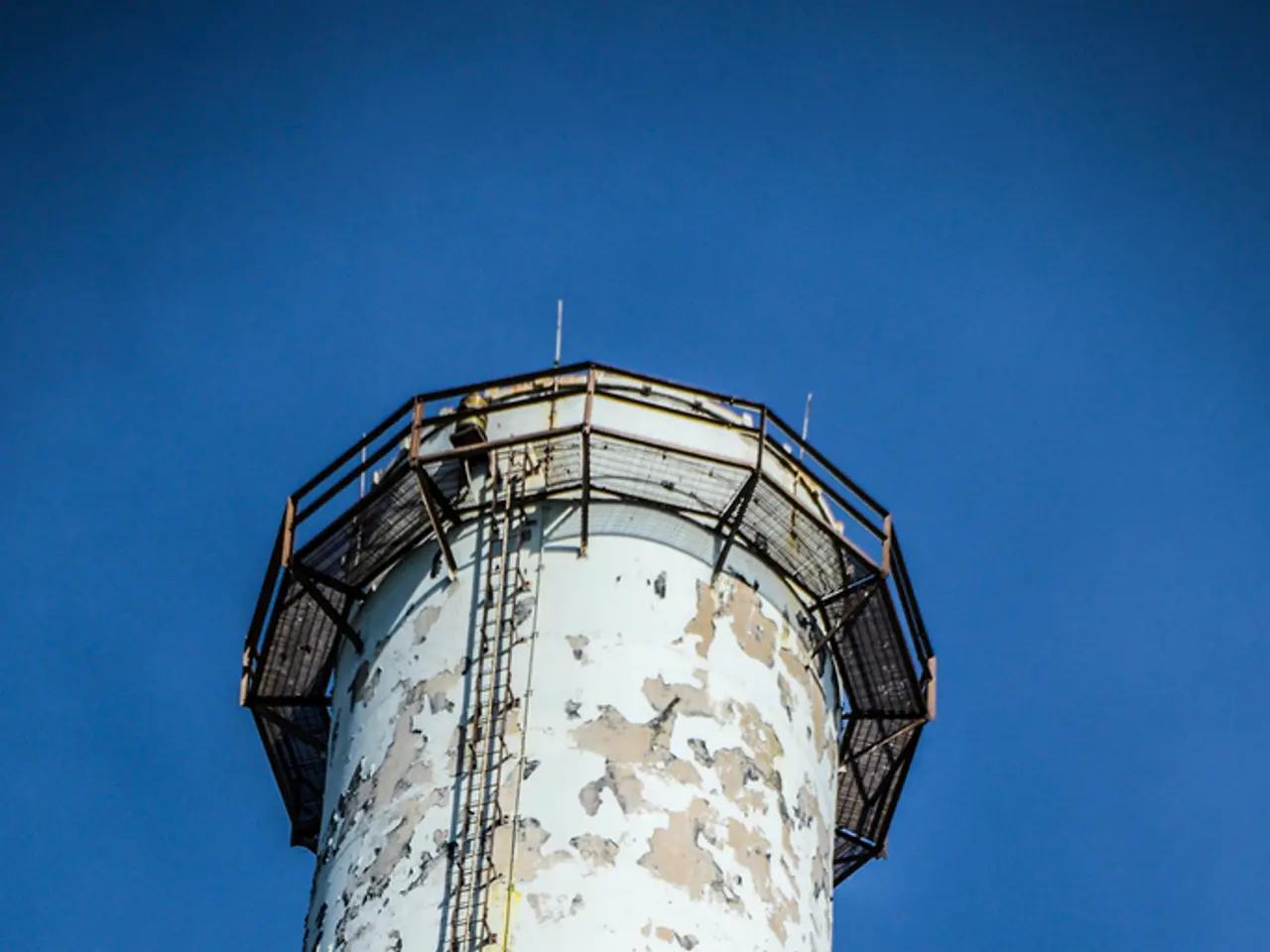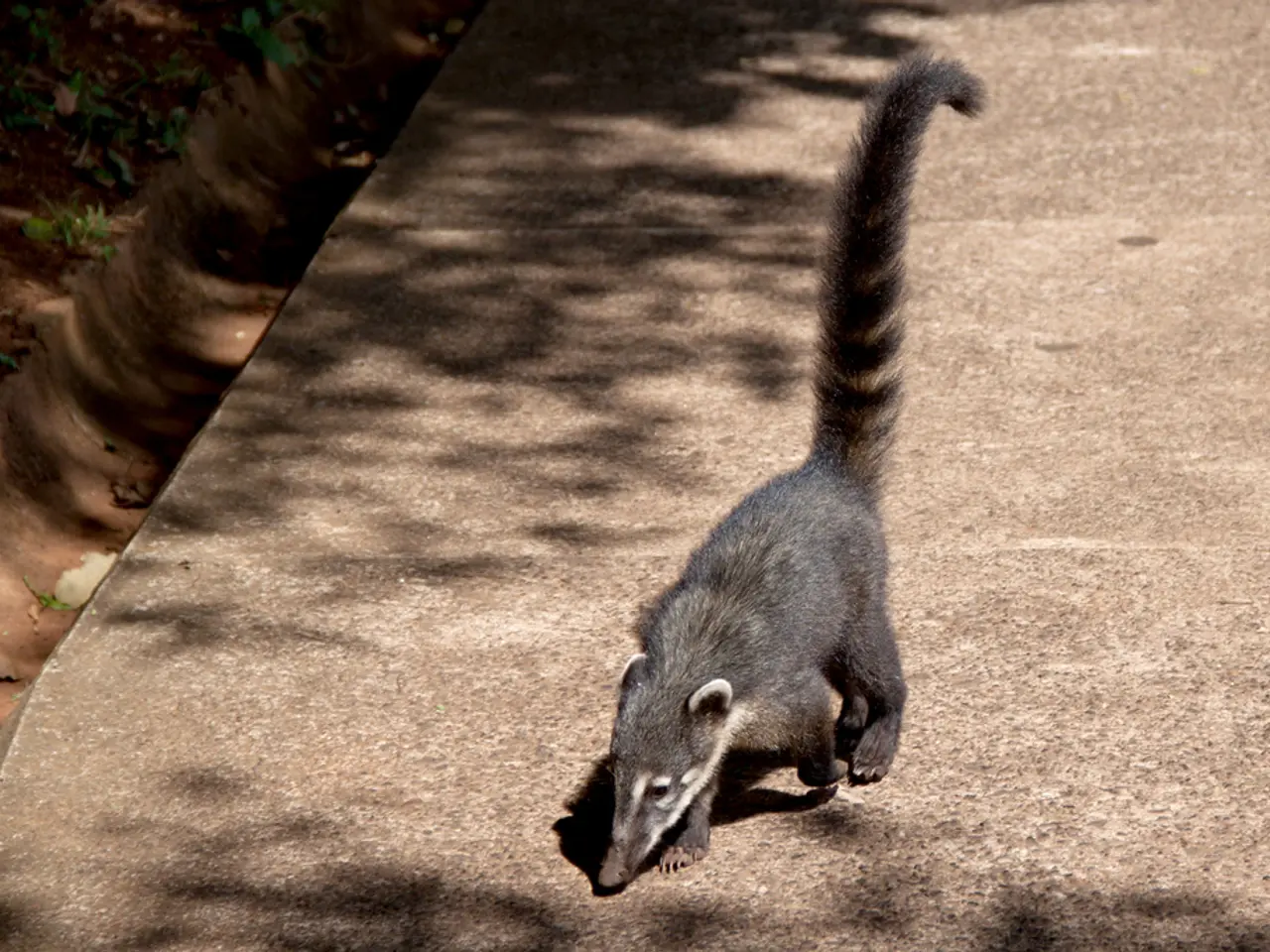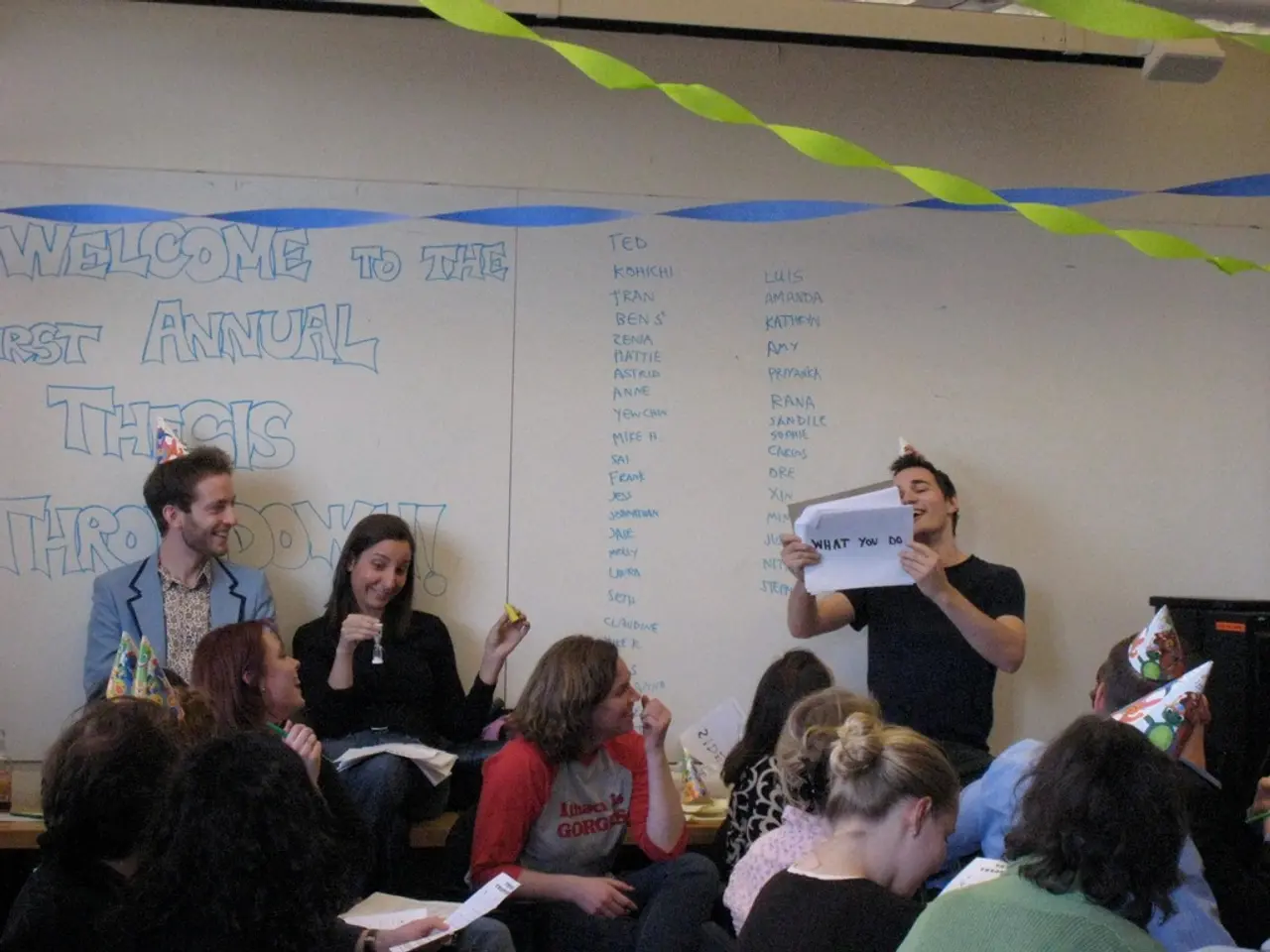Mining disaster at El Teniente: Gabriel Boric highlights the lack of communication with the trapped Chilean miners
In the heart of Chile, the El Teniente mine, operated by the state-owned company Codelco, has been hit by a devastating tragedy. On Thursday, a partial tunnel collapse occurred due to a 4.2-magnitude seismic event, trapping five miners deep underground[1][2].
The mine, renowned for being the world's largest underground copper mine with over 4,500 kilometers of tunnels, has been engineered with seismic resilience in mind. However, this catastrophic failure from a moderate tremor has raised urgent safety and structural integrity questions[1][3].
The miners, identified as Álex Araya Acevedo, Carlos Arancibia Valenzuela, Jean Miranda Ibaceta, Gonzalo Núñez Caroca, and Moisés Pavez Armijo, have been equipped with survival supplies and shelters in the difficult access area where they are trapped[4].
The exact location of the miners remains undetermined, but efforts are being made to estimate their position through electronic devices and constant monitoring of subsurface conditions[5]. Rescue teams are using all kinds of specialized equipment to excavate nearly 24 meters of underground access[4]. So far, teams have removed 2,200 of the 5,000 tons of material blocking access[6].
The accident instantly claimed one miner's life and injured nine others, marking Chile’s deadliest mining tragedy in decades[1][2][3]. President Gabriel Boric has emphasized that the government and the company's top priority is the rescue of the trapped workers[7].
The rescue efforts are being carried out at an approximate depth of 1,200 meters underground due to its demanding technical nature[8]. More than 100 rescue workers and technicians, including internationally recognized figures, are participating in the operation[4]. Laurence Golborne, Chile's former Minister of Mining, and engineer Andrés Sougarret, who played a key role in the 2010 rescue of the 33 miners, are involved in the current rescue efforts[9].
The next 48 hours are considered crucial in the search for the five missing miners[6]. The government maintains a single official communication channel to provide updated information first to the families of the workers and then to the rest of the country and the media[10]. All activities at El Teniente mine have been paralyzed since Friday to facilitate search efforts[11].
Initial reports suggest that an earthquake, likely caused by an underground mining operation, triggered the accident[1]. President Boric has called for public speculation about the possible causes of the collapse to be avoided[2]. Codelco has launched a comprehensive investigation and commissioned an international panel of experts to audit the operation, focusing on seismic resilience, early warning systems, adherence to safety protocols, and the structural state of the Andesita tunnels[3]. The company aims to determine if there were any failures by supervisors or executives, as no prior official safety complaints had been reported[3].
As the rescue operation continues, the nation holds its breath, hoping for a successful outcome. The fate of the five missing miners remains uncertain, but the resilience of the Chilean people shines through in their unwavering support for the families and the rescue teams.
[1] https://www.bbc.com/news/world-latin-america-60885852 [2] https://www.reuters.com/world/americas/chile-mining-collapse-kills-one-injures-nine-2023-03-09/ [3] https://www.reuters.com/business/copper/chile-mining-collapse-prompts-codelco-probe-2023-03-10/ [4] https://www.reuters.com/world/americas/chile-mining-collapse-rescue-efforts-continue-2023-03-11/ [5] https://www.bbc.com/news/world-latin-america-60885852 [6] https://www.reuters.com/world/americas/chile-mining-collapse-rescue-efforts-continue-2023-03-11/ [7] https://www.reuters.com/world/americas/chile-mining-collapse-rescue-efforts-continue-2023-03-11/ [8] https://www.reuters.com/world/americas/chile-mining-collapse-rescue-efforts-continue-2023-03-11/ [9] https://www.reuters.com/world/americas/chile-mining-collapse-rescue-efforts-continue-2023-03-11/ [10] https://www.reuters.com/world/americas/chile-mining-collapse-rescue-efforts-continue-2023-03-11/ [11] https://www.reuters.com/world/americas/chile-mining-collapse-rescue-efforts-continue-2023-03-11/
- Human rights advocates have expressed concern over the workplace-wellness of miners, highlighting the questionable safety measures in some industries.
- Science, particularly in the field of earth science, can help predict and prevent seismic events like the one in the El Teniente mine.
- Medical conditions, such as chronic kidney disease and COPD, can significantly impact a person's ability to handle intense working conditions.
- In light of the accident, discussions about the mental-health implications for the trapped miners, their families, and rescue teams are essential.
- Type-2 diabetes, a chronic disease that affects millions worldwide, often complicates recovery from accidents due to its impact on wound healing and infection risk.
- Cancer patients, particularly those undergoing chemotherapy, may be more vulnerable to the environmental effects of mining operations and associated seismic activities.
- Respiratory conditions, like asthma and COPD, can exacerbate during mining disasters due to the poor air quality.
- Digestive health issues, such as Crohn's disease, can make it difficult for trapped miners to maintain necessary energy levels for survival.
- Eye-health concerns may arise for miners exposed to toxic substances during accidents, potentially leading to long-term vision problems.
- Hearing loss is a common occupational hazard for miners, and noisy rescue activities can further increase the risk.
- Health-and-wellness initiatives should focus on prioritizing preventive measures and promoting awareness about the potential risks associated with mining.
- Fitness-and-exercise programs can help miners maintain physical resilience, potentially improving their chances of survival in crisis situations.
- Sexual-health education and resources are important for miners and their families, ensuring they have access to necessary information and services.
- Family-health issues, such as pregnancy or caring for elderly relatives, can present challenges for miners during emergency situations.
- Alzheimer's disease and other neurological disorders can complicate rescue efforts by affecting the memory or decision-making abilities of those involved.
- Autoimmune disorders, like rheumatoid arthritis, can impact a person's strength and mobility, potentially affecting their ability to survive in the difficult conditions of a mining accident.
- Climate change, by altering seismic activity patterns, can contribute to mine collapses like the one at El Teniente.
- Mental-health support is crucial for miners, their families, and rescue teams, as they cope with the traumas and stress of mining disasters.
- Men's health, including issues like prostate cancer and erectile dysfunction, should not be overlooked in mining safety discussions.
- Skin care is essential for miners, as prolonged exposure to harsh minerals and chemicals can lead to skin conditions like psoriasis.
- Therapies-and-treatments for various medical conditions are vital in ensuring the well-being of miners during and after accidents.
- Aging can contribute to diminished physical and mental capabilities, which may impact a person's ability to survive in crisis situations like the El Teniente mine collapse.
- Women's health, particularly breast cancer awareness and breastfeeding support for mothers, should be addressed in mine safety policies.
- Parenting resources and support are essential for families of miners, helping them manage during times of conflict or crisis.
- Weight-management strategies can help miners maintain the energy needed for their work, as well as their potential survival in emergency situations.
- Multiple-sclerosis, migraines, and cardiovascular health issues should be considered in discussions about the overall health and well-being of miners and their potential susceptibility to hazards in the workplace.




